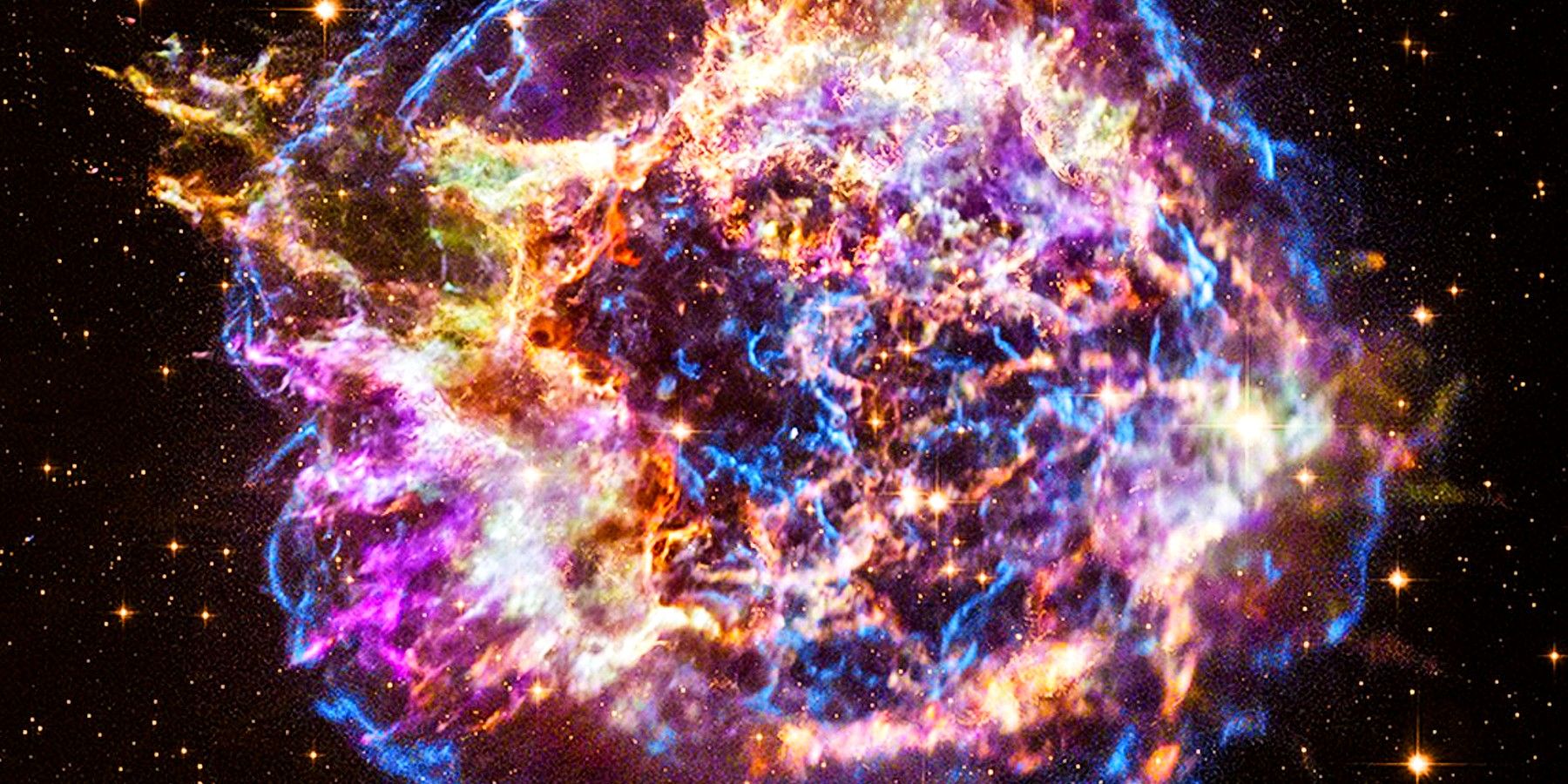For the first time ever, scientists have measured the most violent moments of a neutron star in space. The Universe is filled with violent, dramatic, and high-energy events. However, most high-energy events, including those of black holes, remain unexplained.
Artificial intelligence is being used more every day in different scientific areas. In astronomy, it is being leveraged for its processing speeds and helps to detect rare events. The Image Processing Laboratory, IPL, of the University of Valencia has been using AI for space research and recently gained recognition for detecting floods from space. They work with ASIM. A telescope instrument mounted on the International Space Station.
Scientists of the University of Valencia measured the energy released by a neutron star. In just one-tenth of a second, faster than a blink of an eye, the star released the same amount of energy that the sun released in 100,000 years. The team focused their recording on an extremely rare star. Their main goal was to solve a 20-year-old mystery, whether magnetars’ eruptions include high-frequency oscillations.
Neutron Stars, Magnetars, And High-Energy Bursts
There is an even stranger kind of star among the neutron star group. These contain a mass of about half a million Earths packed up and compressed in a small diameter 20 kilometers wide. Known as magnetars, they are famous for their violent eruptions and blasts. Magnetars also produce the most intense magnetic fields ever observed in deep space and are a great visual. However, magnetars are unusually rare. To date, only 30 magnetars have been discovered.
Victor Reglero, the researcher of the study, explained that ASIM onboard the ISS detected the eruption mid-last year. “It was a 10 ** 16 Gauss neutron star and located in another galaxy. A true cosmic monster,” Reglero says. These massive neutron stars have such gravity forces that if a 2-centimeter small object were to hit it, the detonation would be as if 10,000 nuclear hydrogen bombs went off simultaneously.
It is believed that neutron bursts are caused by “earthquakes” that happen inside the star. The ASIM telescope aboard the ISS was the only telescope that was capable of registering the eruption without suffering saturations. The main challenge of the study was to analyze a lot of data that took place in just two seconds. ASIM can detect and decide when to record events autonomously. It is programmed this way because high-energy bursts are very unpredictable. This new study paves the way to understanding high-energy and radio bursts that can affect Earth and are considered the most mysterious phenomenons in space.
Source: PhysOrg


